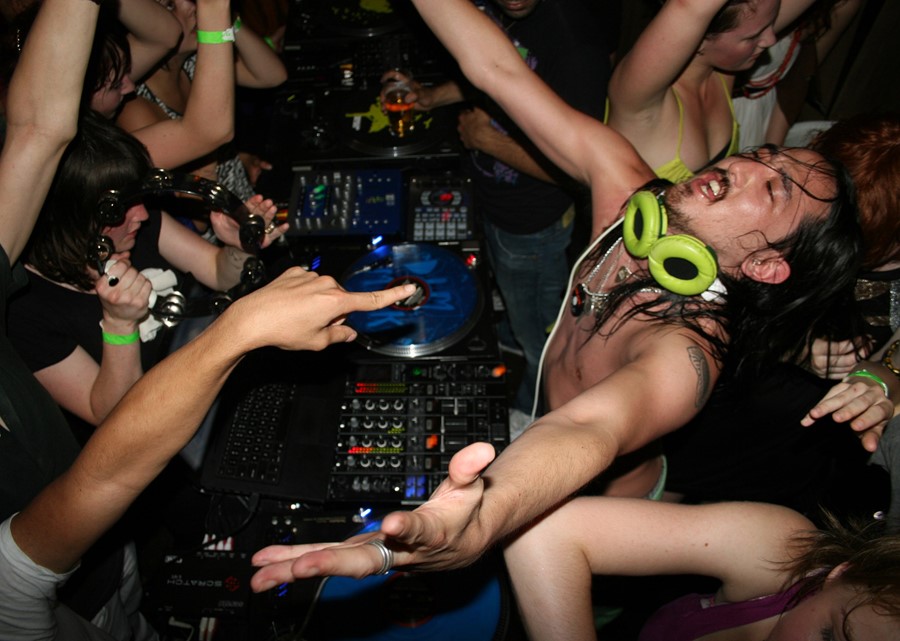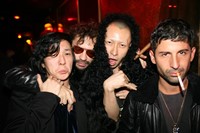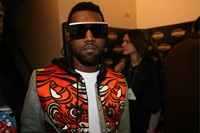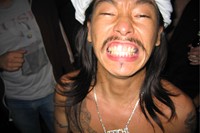“It was cigarette smoke, a bunch of sweaty people, sticky floors, beer spilling everywhere,” Hunter tells AnOther of the ‘indie sleaze’ era captured in his new photo book, The Cobrasnake: Y2Ks Archive
If decades are recognisable by their colour palettes, then the 2000s were unmistakably neon. Plastic sunglasses, trucker caps and a reliance on American Apparel’s comfy staples have now passed into cheerful nostalgia, and photographer Mark Hunter’s new Rizzoli photo book, The Cobrasnake: Y2Ks Archive, is here to celebrate it.
On the raucous LA party scene, Hunter was a shy teenage photographer, who along with his friend, Steve Aoki, became integral to the city’s nightlife. Aoki DJ’ed, Hunter documented, and together they promoted parties and the Cobrasnake site where Hunter posted pictures. His career took off, photographing boldface names off-duty, and flying round the world to shoot at fashion weeks and ever-glitzier events.
Here, in his own words, Hunter reflects on documenting a decade of partying hard, and how he learned to work rooms full of celebrities.
“I studied photography in high school. I was going to a lot of gigs, then I thought: wouldn’t it be fun to document the rock show? I started shooting bands in clubs, getting invited to afterparties and shooting them too. I used the energy of the music scene to fuel The Cobrasnake [website]. It was the early days of digital photography and the internet, pre-social media. Back in high school I’d been developing prints in a darkroom, but now I could shoot an almost endless number of images, upload everything the next day, and people would log on to find themselves. I thank the internet every day for my career.
“Steve Aoki, Frankie Chan and I put on weekly parties. It was cigarette smoke, a bunch of sweaty people, sticky floors, beer spilling everywhere, and Sparks – a pungent Redbull-type energy drink containing alcohol that got banned pretty fast. It was the era of Blog House and Nu Rave; rock music mixed with electro; Fischerspooner, Peaches, Yeah Yeah Yeahs and Franz Ferdinand. More recently dubbed Indie Sleaze, which is pretty accurate.
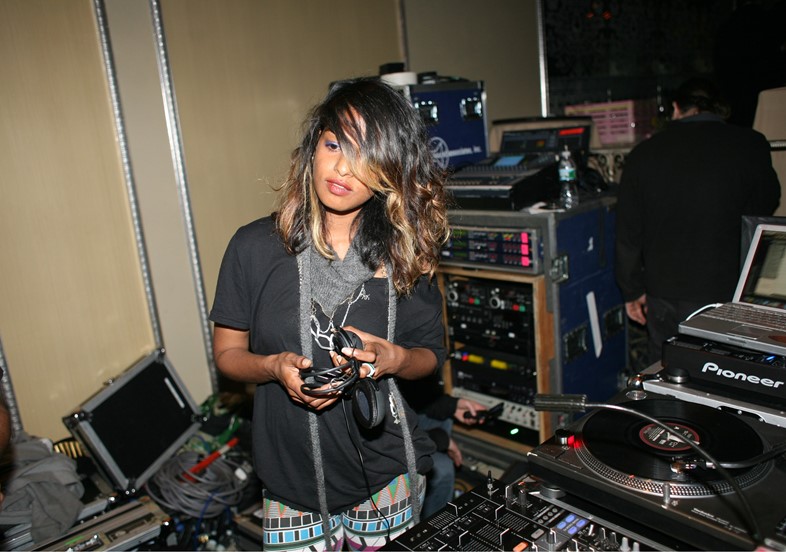
“Steve and I had a symbiotic relationship; my photography helped him, and him being in my photos helped me. I’d document his high energy shows, then those photos went around the world creating a demand and an allure. I’d be shooting at a party, one person would introduce me to another, then they’d want me to photograph their event – ping-ponging from one contact to the next. Celebrities were at parties where I was an insider; it’s not like I was a paparazzi, so I had intimate access. It was like the movie, Almost Famous. I’d shot Katy Perry at clubs, so when she got a record deal she asked me to photograph her album art and go on tour. I was in the right place, meeting the right people.
“The book is a roll call of that era: Gwen Stefani, already in the second phase of her career; Andre 3000; artist Shepard Fairey, my hero in the art world, who I assisted; Chloë Sevigny; Katy Perry and Ke$ha were both starting out; a pre-fame Lady Gaga in jeans and a tank top; Drake; Jeremy Scott, who was another member of our circle. Kanye West was obsessed by fashion and wanted to be part of it. He and his crew, Been Trill with Virgil Abloh and Matthew Williams, used their clout to get into the fashion scene. Virgil took the energy of youth culture and took it to the next level in his work. So many people I shot went on to create ground-breaking albums, artwork, films and clothing lines. They inspired me and still do.
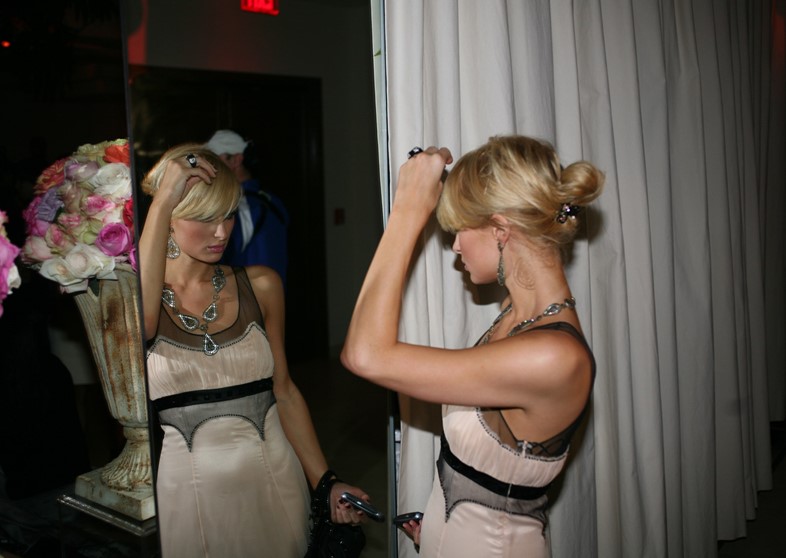
“I’d dress up in loud neon outfits, behaving extrovertly to disguise my social anxiety. Back then there wasn’t such a focus on mental health like we’re aware of now. Wearing sunglasses allowed me to go up to Paris Hilton and take her picture because I had a shield to hide behind. I was so young, straight out of high school, didn’t go to college and now this was my world. I never wanted to fit in, I just wanted to be myself and being colourful really helped me. I never got picked for teams in school, so I wanted to create my own team, by surrounding myself with creatives.
“An important influence was Patrick McMullan, a photographer from Studio 54 who was still working in the 2000s. I’d studied his book, how he captured people and wanted to replicate that. I’d watch him in action at parties and how he worked the room, putting people at ease before he’d shoot them. There’s an art to it, it helps to be a people person in this industry. Being friendly and positive has always worked for me – looking for the silver lining in everything.”
The Cobrasnake: Y2Ks Archive by Mark Hunter is out via Rizzoli New York 24 May 2022.
